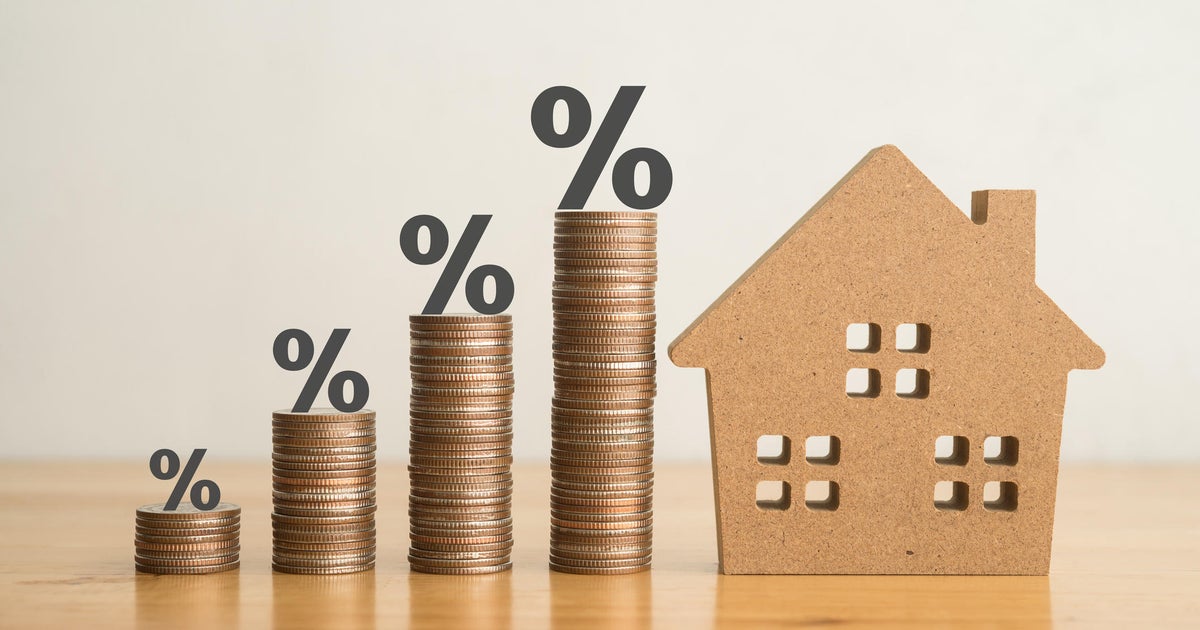U.S. jobless rate falls to lowest level in nearly a decade
The nation’s unemployment rate, which has hovered just below 5 percent since spring, plummeted to 4.6 percent in November, the Labor Department reported Friday. The U.S. economy added 178,000 jobs in last month.
The 4.6 percent rate is the lowest level since August 2007, down from 4.9 percent in October.
One factor behind the new lower number was the continuing refusal of the labor-participation rate to improve. The labor-participation rate measures how much of the working-age population has a job, and last month it went in the wrong direction: At 62.7 percent, it represents a contraction of the labor force by 226,000, largely because of retirements. This means the pie was slightly smaller, which helped push the jobless rate down.
But economists were mainly upbeat about about the latest job numbers. “The mix of November’s gain was encouraging,” said Paul Ashworth, chief U.S. economist at the consulting firm Capital Economics, noting that “63,000 jobs were added in professional and business services, which tend to be better paid positions.”
Overall, economists believe that the job situation should continue to improve going into 2017. Jim O’Sullivan, chief U.S. economist at research firm High Frequency Economics, said that “the trend in employment growth remains more than strong enough to keep the unemployment rate trending down.”
One soft spot was that wages, which had been growing, showed a small drop, of 0.1 percent, although that may be just a momentary blip. “The tighter job market is pushing up wages as businesses compete for workers, but the process is gradual,” said Gus Faucher, deputy chief economist at PNC Financial Services Group.
Another plus sign: The number of people involuntarily working part-time fell while part-timers who chose part-time employment rose. “This is likely a dividend of the Affordable Care Act,” said Dean Baker, co-director of of the Center for Economic and Policy Research, “with workers now having the option to get insurance through the exchanges so that they don’t need full-time jobs to get insurance through an employer.”
The big drop in the jobless rate was foreshadowed by Wednesday’s report from payroll processor ADP and credit rating agency Moody’s, which found last month that private companies added a net 216,000 positions, blowing away the 165,000 estimate from economists surveyed by Reuters and giving the best monthly showing since June.
The Labor Department’s November jobs report provides a last key bit of economic data for the Federal Reserve before a policy meeting on Dec. 13 and Dec. 14 that is widely expected to see the second U.S. interest rate increase in a decade. The previous one occurred last December.
Further, this jobless report paves the way for further Fed increases next year, according to Ian Shepherdson, chief economist at Pantheon Macroeconomics. He pointed out that “the Fed’s view on future wage growth is substantially driven by the unemployment rate, so this will make the hawks even more keen on hiking further.”



